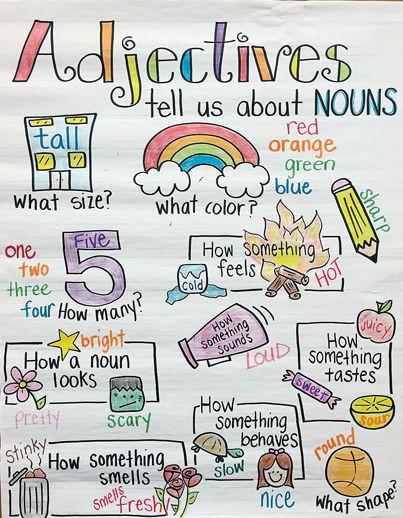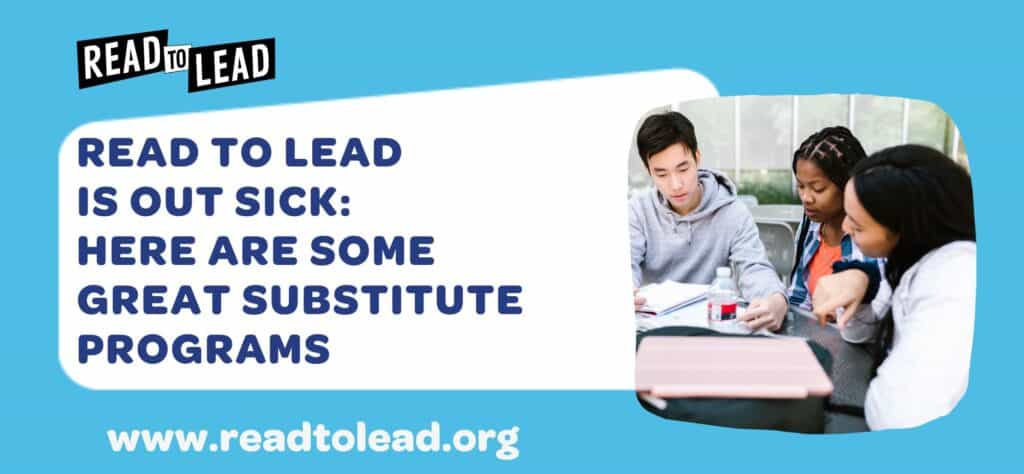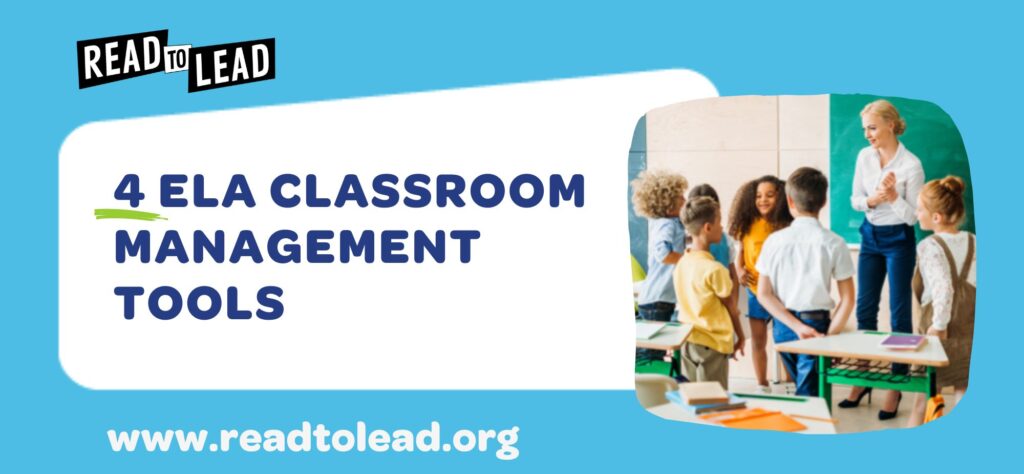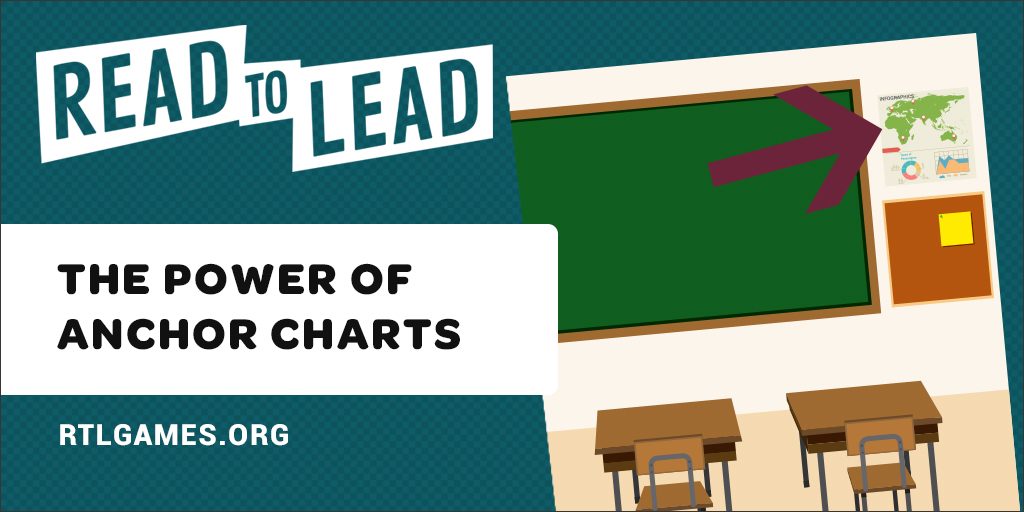
If you’re anything like us, you enjoy the professional development that is teacher Pinterest. We can easily get lost for hours looking for activities, finding teacher blogs to read, and collaborating with other educators. One thing we love looking up are ideas for anchor charts.
Anchor charts are instructional tools displayed in the classroom for students to reference. They provide information to support a lesson the teacher has taught or to remind students of routines and expectations in the classroom. They make the learning visual for your students. Here are 3 ways to use anchor charts in your classroom:
1. Create anchor charts during class
In order for anchor charts to have the most impact, they should be created while you are teaching the lesson. It is okay to have a framework or an idea in mind before making it, but do not present a completed project to your students. As you are teaching about the lesson or introducing a new strategy, that information should be written on chart paper.
Involve your students by asking for their input and giving them the opportunity to help you create the chart. Even if it doesn’t end up looking Pinterest-perfect, your students will be more engaged in the process! When the chart is complete, place it in a spot where students can access it easily.
2. Use anchor charts for classroom management
Think of them as friendly, visual reminders of classroom routines and procedures. You can have charts telling students what to do when they are finished with work, the procedures for using the classroom library, what transitioning in between centers should look like or how to engage in accountability talks. These charts can stay up all year long if need be.
3. Use anchor charts as a reference tool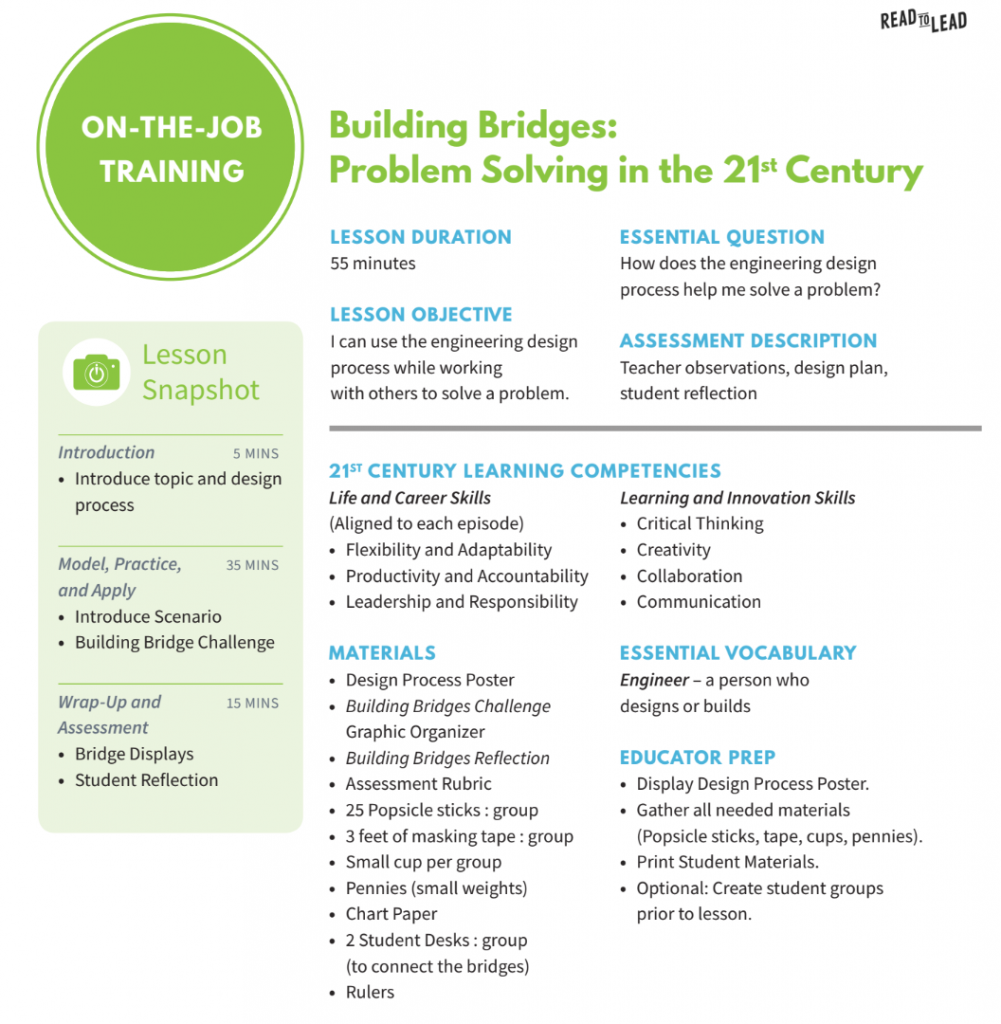
Do your students forget how many vertices a rectangular prism has? Maybe they need a reminder of different transition words that can be used in their writing? Not every lesson needs to be turned into a chart. Determine the important ones that students will need. Students can refer to them instead of asking the teacher, effectively taking ownership of their learning. Anchor charts are a great tool to use in your class, and can be an excellent way to involve your students in their learning. Some charts may stay up forever, while others may be used during the lesson and then reappear later to be used during a test review.
4. Use anchor charts in Read to Lead® 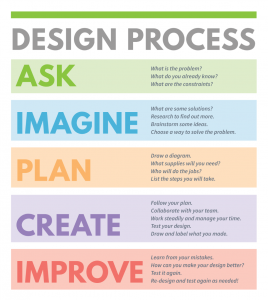
While most teachers like hand-drawn anchor charts, we of course have to mention digital versions, like the one we have in the lesson plan on “Building Bridges: Problem Solving in the 21st Century”! The great thing is that this lesson can be used as a tie-in to any of our 3 games in the Read to Lead® suite, so it’s a great 21st century problem solving teacher resource to use before your student sign up and dive into the game!
Anchor charts keep learning accessible to students. Students can refer to them and use them as tools as they think or to question, to expand ideas, and to contribute to discussions. They are an amazing resource, so grab some chart paper, or sign up for a free Canva account, and your students and start with creating!
About Read to Lead
Read to Lead uses the power of game-based learning to empower middle school students to build literacy, life, and career skills. Teachers can sign up for a free account to get started!
